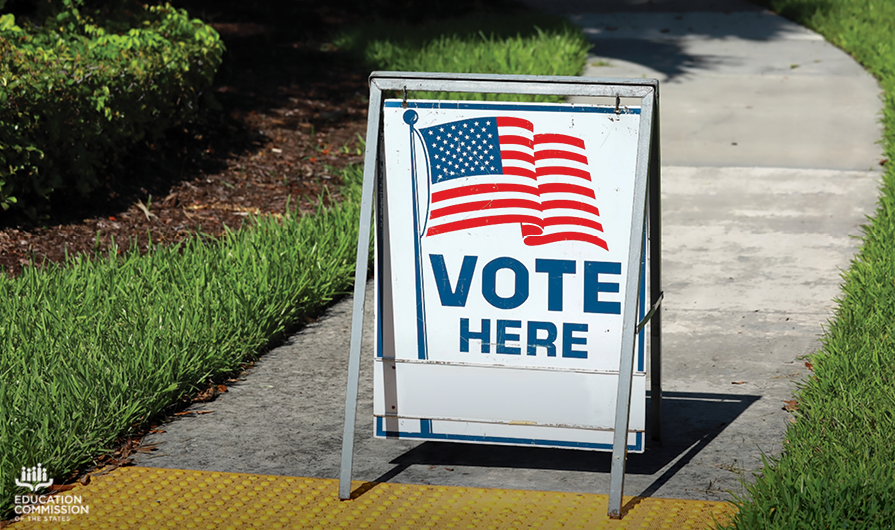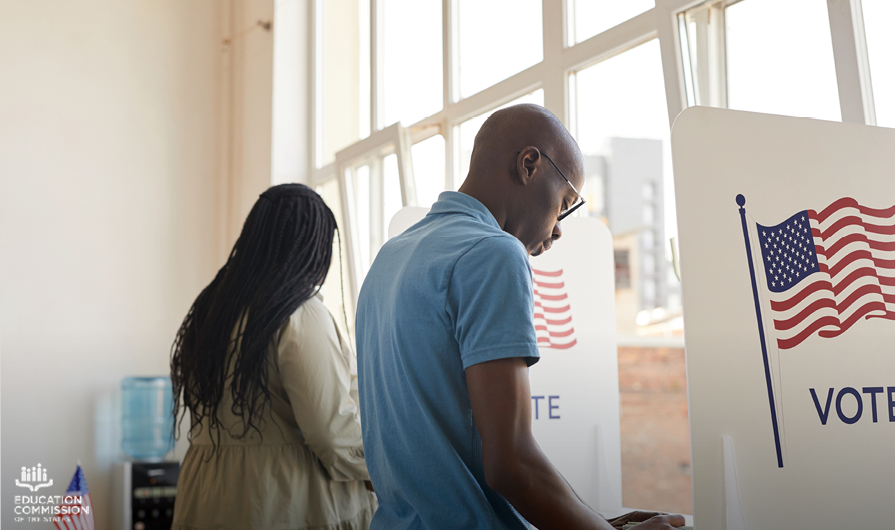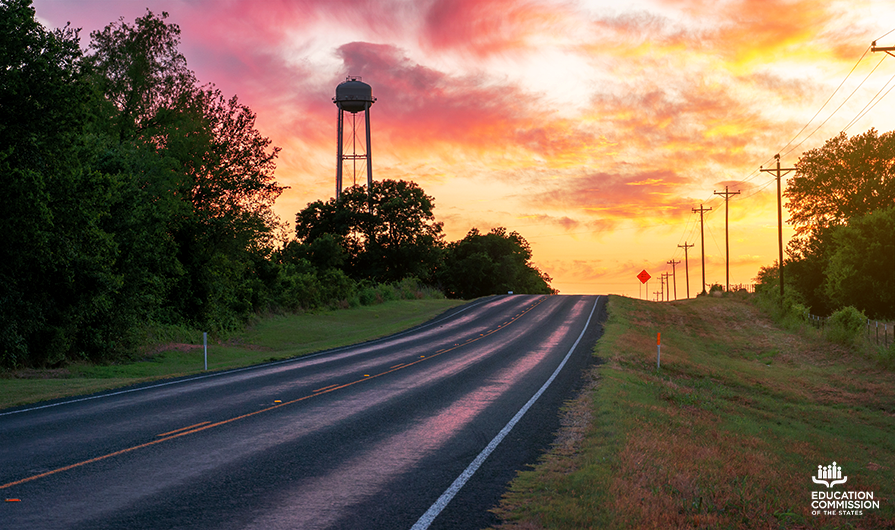As schools and districts continue to negotiate the safest mode of learning this year, the question of whether schools can be held liable for infections to students or staff looms large. This issue has been gaining a lot of attention lately with various news outlets reporting on the topic, and state and congressional action.
A recent Education Dive article discussed whether schools will require the anticipated COVID-19 vaccine or face liability for potential infections and spread in schools. The article quoted an education lawyer, stating: "Liability might exist if a school requires students and staff to attend in-person and then refuses to follow mandated safety protocols." Some legal experts say that as long as K-12 schools and higher education institutions abide by public health guidelines from state or federal agencies (e.g., CDC), liability may be mitigated.
Others indicate that the proof required to show that the school was where the infection took place would be difficult to provide. The burden placed on the plaintiff to prove that the infection was caused by failure by the school to abide by public health and safety guidelines (reasonableness, negligence or willful misconduct) and that act, or failure to act, resulted in infection is a high hurdle and varies across states.
Federal Response to Liability in Schools
Congress currently has two competing proposals on the table to provide some protections to essential workers and employers respectively. The HEROES Act, passed by the House, would provide protection for employees from occupational exposure to COVID-19 under the Occupational Safety and Health Act that was passed by the House in May. The SAFE TO WORK Act, part of the Senate’s HEALS Act proposal, would include protection for businesses, employers and schools if employees or students are exposed to Coronavirus on-site, unless willful misconduct on the part of the employer or school is proven.
As of July, the federal government has not provided guidance regarding liability protections to higher education institutions. However, some institutions and associations have reached out for federal assistance. For example, a letter to the U.S. Congress urges temporary and targeted liability protections for higher education institutions related to the COVID-19 pandemic. The letter is cosigned by state and national associations for institutions of higher education, including regional compacts:
- Midwestern Higher Education Compact: Illinois, Indiana, Iowa, Kansas, Michigan, Minnesota, Missouri, Nebraska, North Dakota, Ohio, South Dakota and Wisconsin.
- New England Board on Higher Education: Connecticut, Maine, Massachusetts, New Hampshire, Rhode Island and Vermont.
- Southern Regional Education Board: Alabama, Arkansas, Delaware, Florida, Georgia, Kentucky, Louisiana, Maryland, Mississippi, North Carolina, Oklahoma, South Dakota, Tennessee, Texas, Virginia and West Virginia.
- Western Interstate Commission for Higher Education: Alaska, Arizona, California, Colorado, Hawaii, Idaho, Montana, Nevada, New Mexico, North Dakota, Oregon, South Dakota, Utah, Washington, Wyoming and the territory of Guam.
On May 13, 2020, White House officials met with 14 higher education leaders regarding the COVID-19 pandemic and educational services. This discussion included higher education liability protections, but no additional details were provided at this time and no federal or state agency has provided protections to higher education institutions.
The federal government and the Centers for Disease Control provided guidelines for higher education institutions and guidance for returning to school (K-12 and child care) during the COVID-19 pandemic. These guidelines do not include provisions regarding liability insurance or protections. Education Commission of the States will continue to track states’ plans and policies on our COVID-19 resource page. While there are not federal protections currently, states have been taking action. To learn more about state actions, keep an eye out for our next post that highlights state legislation and state policy on liability protections for K-12 and higher education institutions coming soon.















